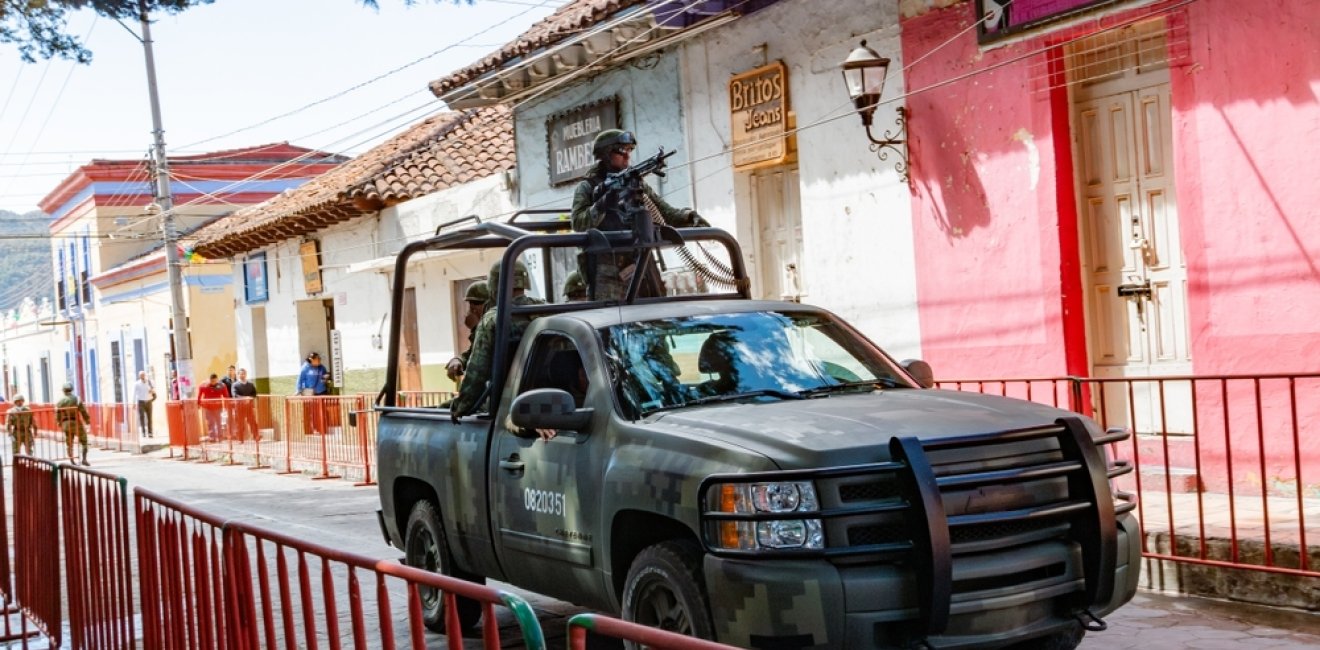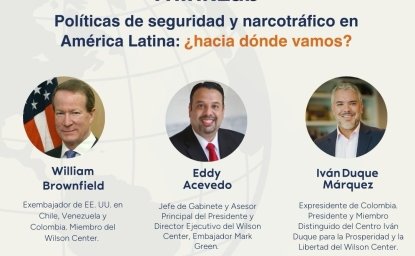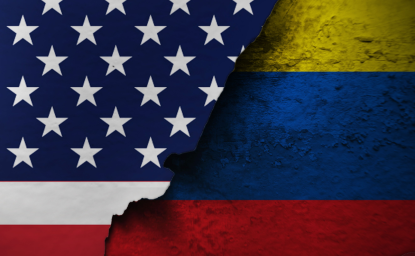On March 14, 2022, in the border city of Nuevo Laredo, Tamaulipas, news spread that Juan Gerardo Treviño, alias “El Huevo", a local criminal leader, had been captured by the army and national guard in a pre-dawn operation. Social media users uploaded a flurry of photos and videos of shootouts, fires, and cartel roadblocks across the city. Gunmen from El Huevo’s criminal group, the Cartel del Noroeste, attacked military and government installations for hours.
To quell the resulting violence, the Mexican government deployed almost 1,000 soldiers to Nuevo Laredo in the following days, a move emblematic of President Andrés Manuel López Obrador’s security strategy.
A harsh critic of the militarization of public security carried out by past administrations, President López Obrador ran on the campaign promise to pull the military off the streets and send it to the barracks. However, deployments and military spending during the López Obrador administration are higher than ever before. The number of SEDENA soldiers currently deployed on security duty is 76% higher than during the presidency of Felipe Calderón, whom López Obrador blames for militarizing the drug war. As a result, defense spending has increased 87% between 2012, Calderón’s final year in office, and 2022.
Despite the higher deployment figures, data shows that SEDENA soldiers play a more passive role. They are involved in fewer confrontations, seize less firearms, and perform evasive maneuvers to avoid criminals. López Obrador has also expanded their responsibilities, including vaccine distribution, and stemming irregular migration flows.
There is some cause for optimism, however. In 2021, when murders spiked in other Latin American countries due to increasing poverty and pandemic policing gaps, the annual homicide count fell in Mexico to 35,625, a drop of 3.12% from the previous year. Some government polls indicate that Mexicans also feel that insecurity has decreased since its peak in 2018, but others show that in recent months the opposite is true.
While recent events such as the capture of kingpin Rafael Caro Quintero demonstrate the importance of the armed forces in protecting Mexico’s national security, others argue that AMLO’s strategy needs to be revised due to persistent high levels of insecurity. Nonetheless, if deployments continue to increase, the military could remain on Mexico’s streets for the foreseeable future.







